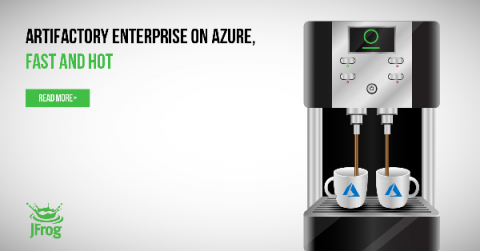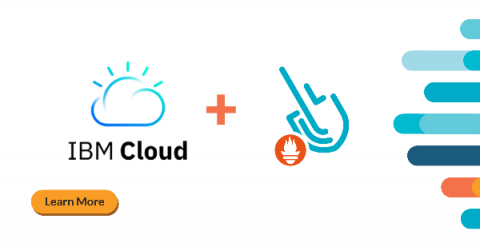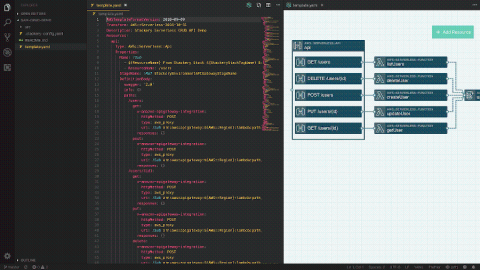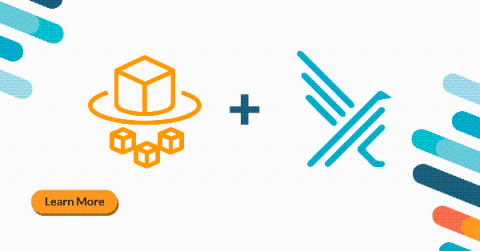Operations | Monitoring | ITSM | DevOps | Cloud
Latest News
How to effectively manage your AWS costs
Often, when companies are new to Amazon Web Services (AWS), they aren’t focused much on the cost. They’re more likely fixated on taking advantage of the scalability and flexibility offered by the cloud. As a company’s AWS cloud infrastructure grows, it will find that its cloud costs grow as well. As the number of AWS accounts increases over time, there’s a higher chance of overspending on unnecessary cloud resources.
Azure Database Security: 7 Best Practices You Need to Know
Azure is a cloud computing vendor, ranked among the top providers. Like all cloud vendors, Azure uses a shared responsibility model. This means that some of the responsibilities are taken care of by the cloud vendor, while the rest should be taken care of by the cloud user. In this article, you will learn about Azure SQL services, and the seven most important best practices needed to ensure the security of your cloud-based Azure SQL operations.
Got a Few Minutes? Install Artifactory Enterprise on Azure
Some things, like high-end coffee or enterprise technology, are worth working and waiting for. But if you can get quality without the effort or delay, wouldn’t you? Installing or updating a self-managed (BYOL), High Availability edition of JFrog Artifactory hosted in an Azure VM can be a complex, and time-consuming process.
Monitor ECS applications on AWS Fargate with Datadog
AWS Fargate allows you to run applications in Amazon Elastic Container Service without having to manage the underlying infrastructure. With Fargate, you can define containerized tasks, specify the CPU and memory requirements, and launch your applications without spinning up EC2 instances or manually managing a cluster. Datadog has proudly supported Fargate since its launch, and we have continued to collaborate with AWS on best practices for managing serverless container tasks.
Sysdig Expands Unified Monitoring Across IBM Cloud Services Globally
The Anatomy of a Secure Serverless Platform, Pt. 2 -- Development
Stackery’s secure serverless platform for AWS offers teams a key resource to help realize the promise of serverless – by automating otherwise complex infrastructure processes, we enable you to leverage the massive suite of AWS tools and services with minimal management overhead. It’s crucial for teams to do this while enforcing security and ensuring adherence to compliance guidelines.
Simplify NFV adoption - Charmed OSM and Managed Apps
Charmed OSM and Managed Apps let telecom operators accelerate adoption of NFV. This is needed because the way we consume data has changed. We want data at a cheaper price with faster speeds and in larger quantities. To meet the challenge, telecom operators are changing the underlying network infrastructure that delivers data. Software-defined networking (SDN) and network function virtualisation (NFV) are enabling this by lowering costs and improving infrastructure flexibility.
Falco Support on AWS Fargate
Today we’re very excited to announce a partnership with Amazon to support Fargate in Sysdig’s product line. We are also announcing that Falco, the world’s most popular runtime security tool for containers, will soon be able to work on Fargate. This is an important milestone. For the first time, Fargate users will enjoy the benefit of deep instrumentation. This will make their workloads more secure, reliable, and efficient.
IBM Cloud Service Monitoring - Powered by Sysdig & Prometheus
Today Sysdig announced the availability of IBM Cloud’s new IBM Cloud service monitoring solution. The new capability – an extension of IBM Cloud Monitoring with Sysdig – provides pre-defined service metrics and dashboards for IBM public cloud services.










